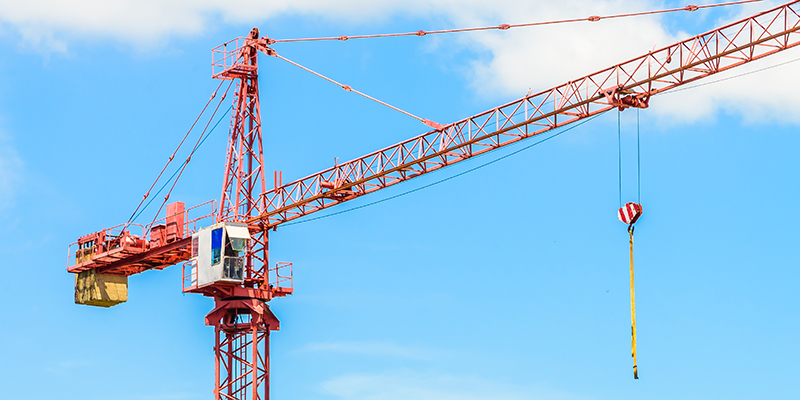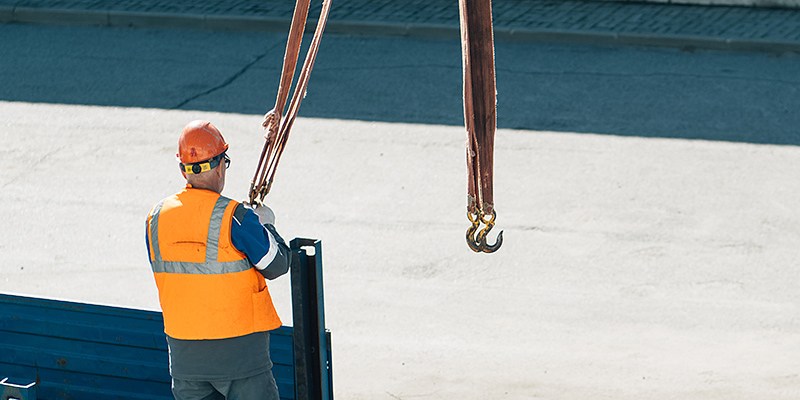
The Power of Strength: Advantages of Heavy-Duty Lifting Slings in Rigging
In the ever-evolving landscape of global heavy lifting and rigging, the challenges posed by large-scale offshore energy projects continue to push the limits of what is achievable. The demand for increased lifting capacities, measured in tons, and extended operational ranges has prompted the industry to explore innovative solutions. However, amidst supply chain complexities, labor shortages, and evolving regulations, heavy-duty lifting sling projects must also navigate existing cost pressures while addressing the need to move, lift, and install progressively larger and heavier structures within shorter project windows, both onshore and offshore.
The paramount consideration for heavy-duty lifting slings is their ability to perform safely and reliably across diverse environments, all while meeting their intended purposes. Consequently, meticulous attention to design, system compatibility, and operational requirements becomes crucial. Rigorous testing is indispensable to ensure these slings are primed to execute their tasks with utmost efficiency.
Certainly, fracture strength stands as a fundamental criterion, but it is just the initial step. Ranging from long-term tensile fatigue to temperature performance, static to dynamic loading, the assurance of personnel and cargo safety underpins the importance of these slings. Their capacity to consistently bear heavy loads across a spectrum of conditions ensures prolonged and dependable operation.
Strength in Diversity
The power of heavy-duty lifting slings lies in their versatility. Their adaptability to a wide array of rigging scenarios makes them indispensable tools across industries. Whether hoisting massive components on offshore energy platforms or maneuvering intricate machinery within confined spaces, these slings exhibit unparalleled strength and flexibility.
Reliability Under Pressure
In high-stakes environments, the reliability of lifting equipment is non-negotiable. Heavy-duty lifting slings are engineered to withstand the harshest conditions, providing consistent performance even under extreme stress. Their durability translates into reduced downtime, increased operational efficiency, and minimized maintenance efforts.
Enhanced Safety Measures
Safety is paramount in any lifting operation. Heavy-duty lifting slings incorporate advanced safety features, including load monitoring technology, anti-slip properties, and enhanced grip mechanisms. These features not only protect personnel and assets but also facilitate precise control during lifting and positioning maneuvers.
Optimized Efficiency
Efficiency is the cornerstone of successful rigging projects. Heavy-duty lifting slings streamline operations by offering rapid attachment and detachment, reducing setup times, and maximizing lifting cycles. Their design minimizes friction and wear, ensuring smooth handling and seamless load transfers.
Future-Proofing Rigging Solutions
As the demands of heavy lifting and rigging continue to evolve, heavy-duty lifting slings remain at the forefront of innovation. Manufacturers continuously invest in research and development to enhance material properties, introduce cutting-edge technologies, and cater to emerging challenges, thereby future-proofing rigging solutions.

In conclusion, the inherent advantages of heavy-duty lifting slings in the realm of rigging are undeniable. From their exceptional adaptability and reliability to their contribution to elevated safety standards and operational efficiency, these slings empower industries to overcome the challenges of lifting, moving, and securing colossal loads in a rapidly changing world.

